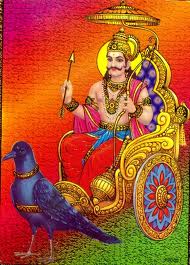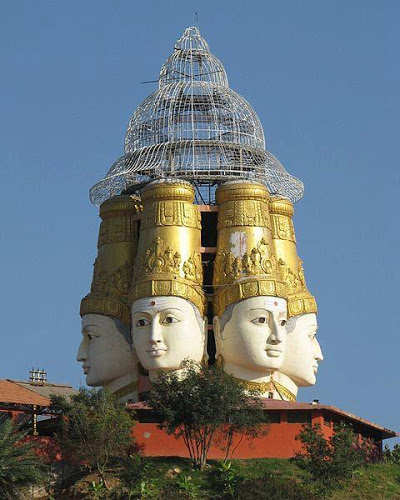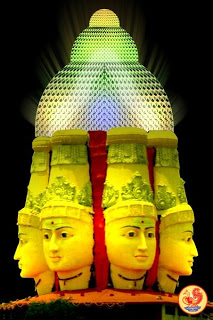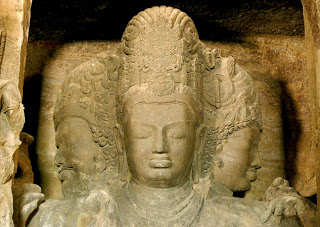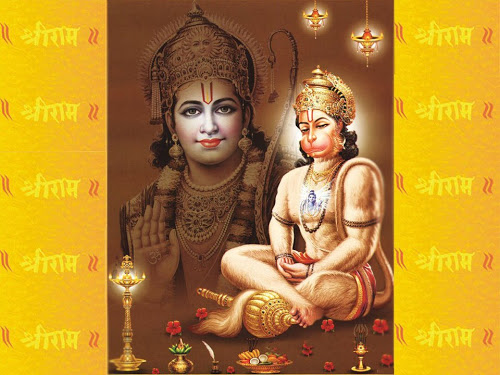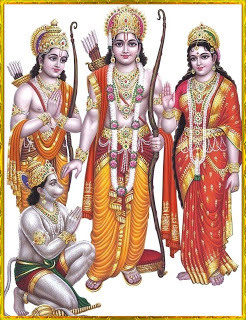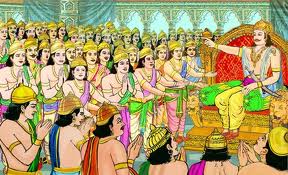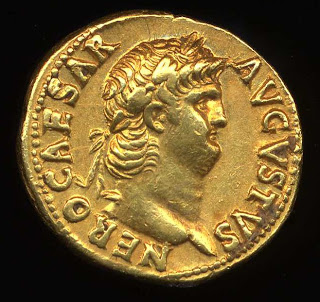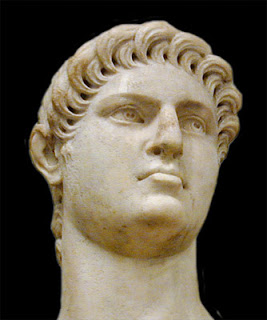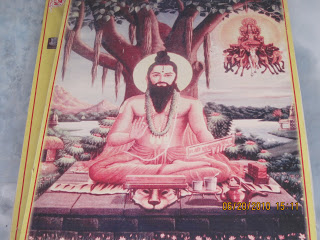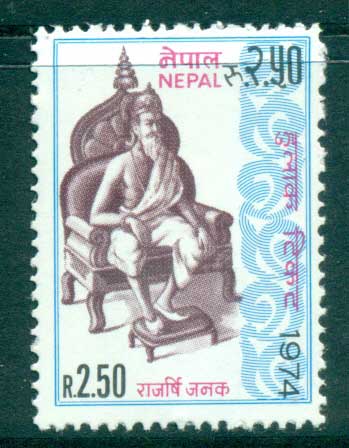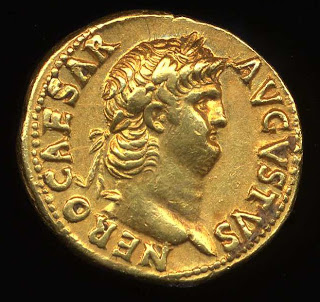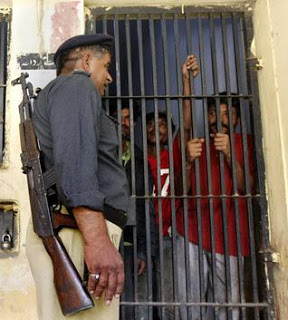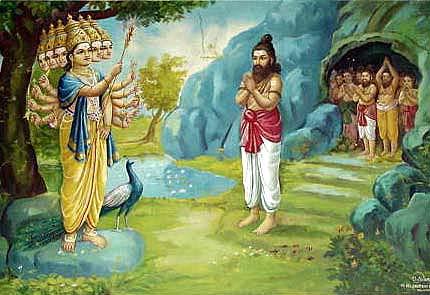
Eight Anthologies (Ettu Tokai) and Ten Long Poems (Pathu Pattu) were composed during Tamil Sangam period. These 18 books are collectively known as Sangam Literature. Sangam poets lived in the first few centuries of modern era. Sangam poetry is predominantly secular in character but consists of lot of references to Hindu epics and mythologies. Of the Ten Long Poems known as Pathu Pattu in Tamil, Tiru-muragatrup-padai is a religious work. It is attributed to poet Nakkirar who headed the Third Tamil Sangam (Tamil Academy). He had composed a secular poem ‘Nedunal Vaadai’ in the Ten Long Poems.
Nakkirar was the most controversial poet of the period. There are many legends which project him as a revolutionary poet. He challenged Lord Shiva at one time according to a popular legend. The story behind this Long Poem Tiru Murugatrup Padai is also equally interesting. It is a story of a demon who imprisoned 999 people and was looking for the last one to offer them in a big sacrifice. The source for this story is a passing reference in Tiruppugaz composed by poet Arunagirinathar of fifteenth century. But Nakkirar lived at least 1200 years before him.
One day Nakkirar was doing Shiva Puja (offering to Lord Shiva). A strange incident distracted him from the Puja. A leaf from the nearby tree fell into water and half of the leaf was in the water and the other half was on land. The water half became a fish and the land half became a bird and each one was pulling the other. Nakkirar stopped the Puja and watched this. At that time a demon appeared and caught hold of Nakkirar for violating the rules of the Siva Puja. The demon took him to a cave, where he saw 999 detainees. They started crying as soon as they saw Nakkirar. The poet was puzzled. Then the detainees in the cave explained to him that that they were happy inside the cave because the demon fed them very well until today. But they were told that the day the prisoner’s strength goes up to 1000 they will be sacrificed and eaten. Nakkirar was the thousandth prisoner.
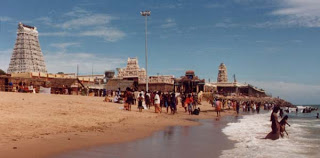
Nakkirar was upset when he heard the story. He thought Lord Skanda/ Murugan can alone save them at times like this. So he composed Tirumurukatruppadai in praise of Lord Skanda/Murugan. When he recited this poem Lord Skanda appeared before them and killed the demon. All the 999 prisoners were released and they were very happy. This story is authenticated by Tiruppugaz.
We have one such story in Mahabharata about a squirrel with half of its body gold and the other half normal grey. It appeared at Dharmaputra’s Yagna (Fire sacrifice) to test the effect of the Yagna. Probably this episode gave birth to the story of half fish and half bird. Tiru Murugatrup Padai is a beautiful poem running to 317 lines. It describes the beauty and sanctity of six famous centres of Skanda/Murukan worship in Tamil Nadu. Atruppadai poems belong to a particular genre, where in one poet who has received voluminous gifts from a patron, guides another poet to him. But in the Tiru Murukatru Padai, the poet guides others to Lord Murukan.
The poem is regarded as part of canonical literature of Saivism. It is included in the Eleventh Tirumurai. Devotees of Lord Murukan or Skanda recite this poem with great reverence and devotion.
Tamil Reference for the story from Tiruppugaz:
மலைமுகம் சுமந்த புலவர் செஞ்சொல் கொண்டு
வழி திறந்த செங்கை வடிவேலா:
Contact: swami_48@yahoo.com


